Beyond Diamonds: Unveiling the Most Common Gemstone on Earth

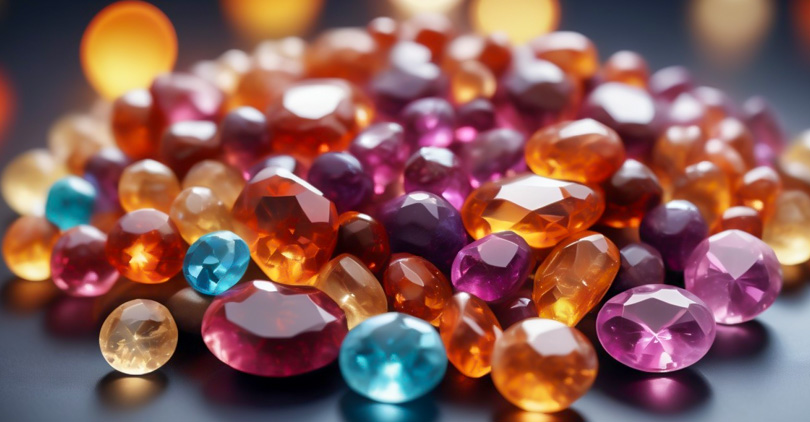
Gemstones have captivated people for centuries. We wear them to adorn ourselves and use them as symbols of power and affluence—think about how diamonds are often seen as the ultimate gem.
But there's so much more out there than just diamonds: a whole world of beautiful, interesting stones that may not get the recognition they deserve for simply being colorful rocks.
When we know about these gems, we can better appreciate them, whether they're set in jewelry or enjoyed au naturel. Each one has its own story and significance—even healing properties—making it valuable not just for how it looks but also for how wearing or beholding it might enrich us emotionally or spiritually.
So, join us in celebrating fascinating gemstones: where they come from and what makes them special. Besides, we'll explore their origins and why some sparkly beauties demand such high prices!
Understanding Gemstones
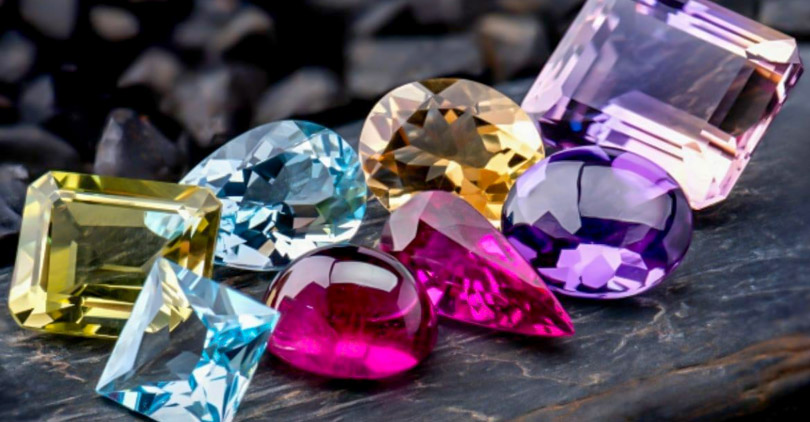
Uncovering how gemstones are created and where they come from can make us admire their beauty even more – as we see just how amazing our world is.
Definition of a Gemstone
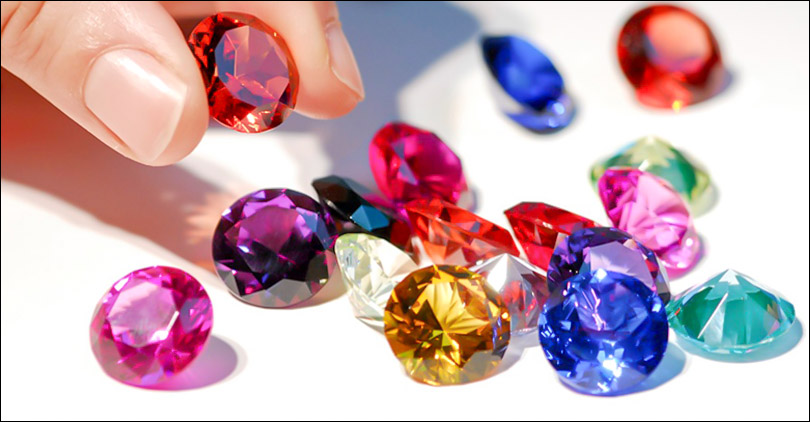
A gemstone is a valuable mineral that can be cut, polished, and used in jewelry or decorative objects. They are attractive because of their beautiful colors, patterns, and shine. Gemstones like this are very popular for making things like jewelry because they make the items look expensive and fashionable!
How Gemstones Are Formed

Gemstones are created in many different ways beneath the Earth's crust, all of which contribute to their appeal. These precious stones owe their existence to intense heat and pressure deep down.
Some gems develop inside volcanic pipes – diamonds are an example. Others, such as emeralds, grow in hydrothermal veins.
The journey from unprepossessing mineral to eye-catching jewel takes millions of years – a process best described as natural artistry. It could involve anything from hot rock cooling down to water loaded with minerals evaporating.
Every gemstone has its own creation story expressed through both its appearance and the remarkable natural forces that helped form it beneath our feet.
The Most Common Gemstone: Quartz
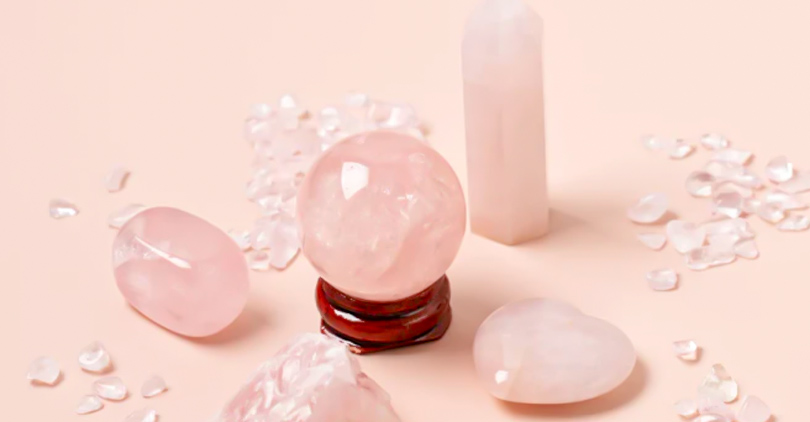
When it comes to gemstones, no other is as ubiquitous or well-regarded as quartz. Its availability across the globe and in countless forms has made it a darling of rock hounds, jewelry makers, and even scientists.
Quartz is not only stunning but also boasts some amazing physical properties – so much so that it has applications in modern technology, too.
Description of Quartz: Colors, Growth, and Composition
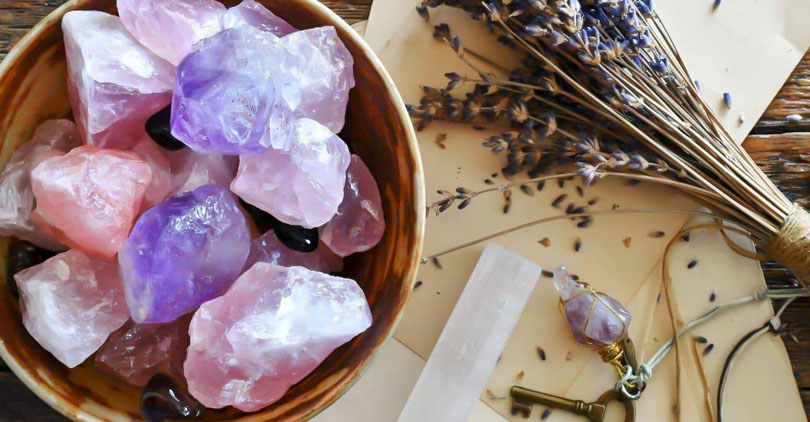
Quartz is a mineral made up of silicon and oxygen atoms. It comes in many different colors, such as clear (when it's called rock crystal), purple (amethyst), pink (rose quartz), and brown or black (smoky quartz), to name just a few.
Colors in quartz come from various impurities or trace elements present when it forms. Amethyst, for example, gets its purple color from iron impurities, while rose quartz has titanium to thank for its pinkness.
Quartz crystallizes in the hexagonal system. That means if you see really well-formed (euhedral) crystals with six sides on them at least someplace – say a geode, pegmatite, or hydrothermal vein. They're showing off how nature does art classes better than any human ever could!
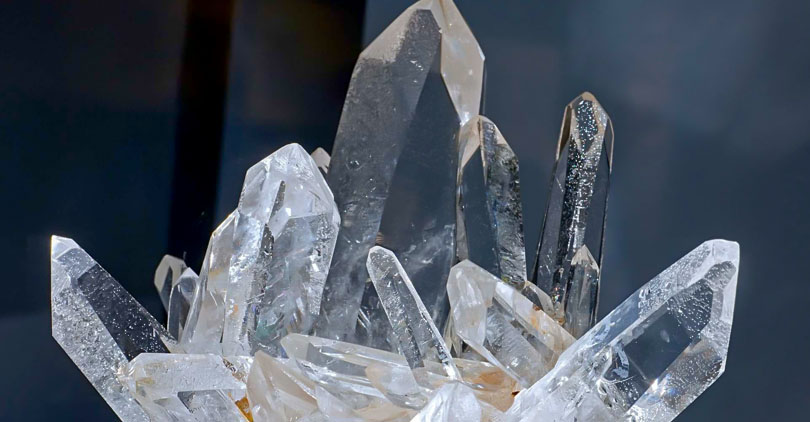
Unlike pearls, which are organic gems formed inside shelled mollusks (no matter whether Tahitian pearls, Akoya pearls, South Sea pearls, or freshwater pearls), quartz doesn't have living origins. It's an entirely inorganic mineral that takes shape through geological time spans we measure in millions of years.
Uses of Quartz in Jewelry, Watches, and Technology
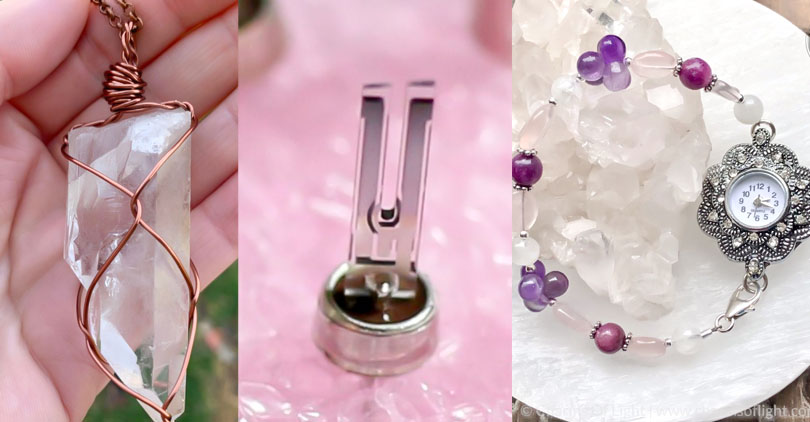
Beyond being beautiful, quartz is also versatile. Jewelry makers craft it into rings, necklaces, earrings—you name it. The stone's range of colors and durability make it a favorite for everything from engagement bling to chunky statement pieces.
Quartz does more than just look pretty in jewelry—it's also what makes the watch industry tick. Because they vibrate at an incredibly precise frequency when electricity passes through them, quartz crystals help ensure that watches keep accurate time.
In fact, this use of technology had a huge impact when it was introduced commercially in the 1970s. Watches suddenly became both cheap and reliable.
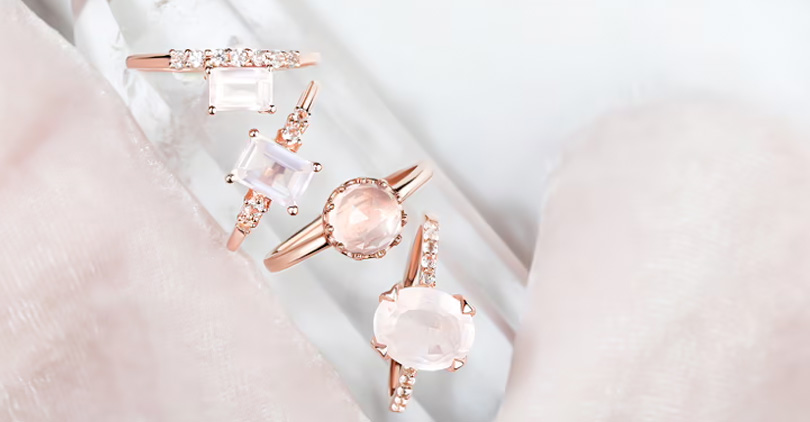
Moreover, the piezoelectric properties of quartz—meaning it produces an electric charge when placed under mechanical pressure—make it extremely useful in numerous technologies. In fact, its presence can be felt well beyond jewelry. Quartz is employed in electronics, from radios to computers.
It's worth noting that gemstones come about through purely geological processes and are inorganic. Take pearls, for instance, which are formed inside mollusks.
However different their origins may be, both pearl and quartz exert a fascination over people because they look nice while also serving a purpose.
Other Common Gemstones
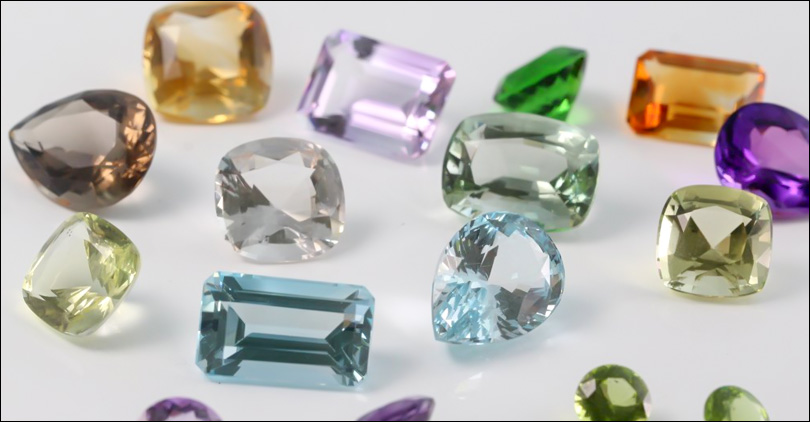
Though quartz might be the most typical gemstone, others such as amethyst, garnet, and agate are just as lovely – and interesting. People prize gemstones for more than just their good looks. They also love learning about where these stones come from and their versatile uses.
Amethyst: The Regal Purple Gemstone
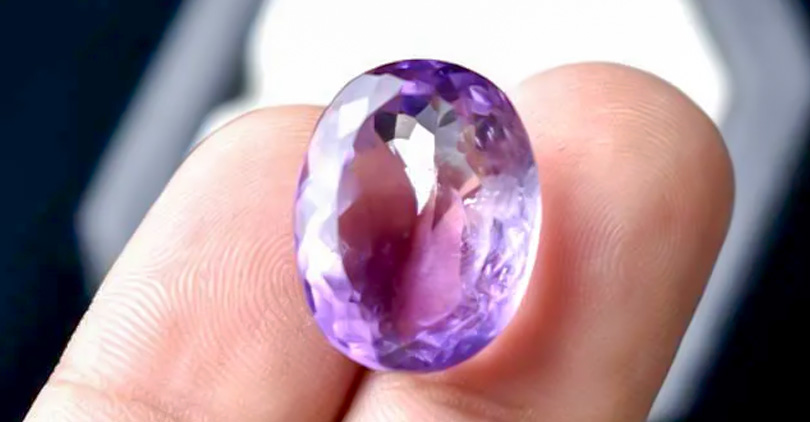
Amethyst crystals are beautiful clusters of purple quartz that grow inside volcanic rocks and geodes. The color can range from light purple-pink to deep violet-purple. This variety of quartz gets its purple shade from iron impurities in the crystal and exposure to radiation during formation.
Many people like to wear amethyst jewelry because it is such a pretty color. You might see necklaces, rings, or earrings made with amethysts.
Some think that amethyst has properties that help you relax or feel calm, which could be one reason why amethyst is used in healing or spiritual rituals quite often!
Garnet: The Fiery Gemstone
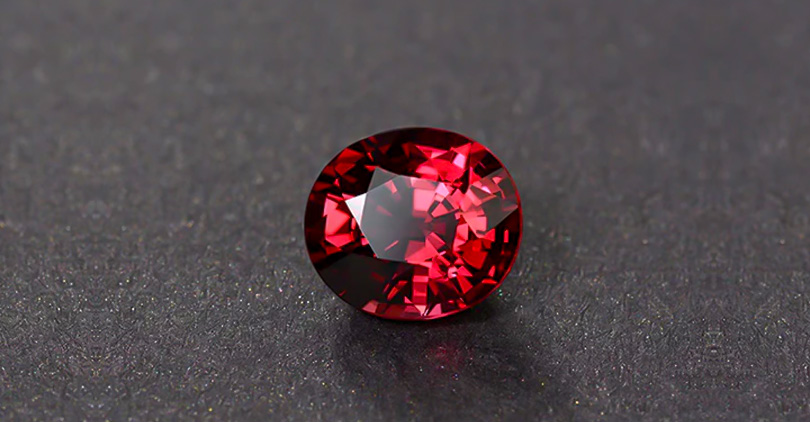
Garnet is a mineral group that contains silicate. The minerals in this group are famous for their deep red color, although they can also be green, orange, or yellow.
They form when rocks are put under high temperature and pressure conditions. This type of rock is called metamorphic rock. People often use bright red garnets in jewelry because they stand for passion and energy - wanting to live fully with lots of interest.
Some people think garnets protect them from harm, so they might wear one in a necklace (this is called a talisman) or keep it close by as an amulet.
Agate: The Banded Beauty

Agate, a type of chalcedony, is known for its bands that come in many colors like blue, green, red and brown. These bands form as silica-rich water deposits minerals into cavities within volcanic rocks.
Because of the way each agate forms with this banding structure—its own fingerprint—no two are identical.
People enjoy agate nodule slices on display in their homes because they're beautiful objects unto themselves. Others like them carved into animals or made into bowls or even used as coasters!
Jewelers appreciate both the strength of agate and its differing appearances so much that they'll use this gemstone type frequently when cutting beads or cabochons, too.
Common Misconceptions: Diamonds
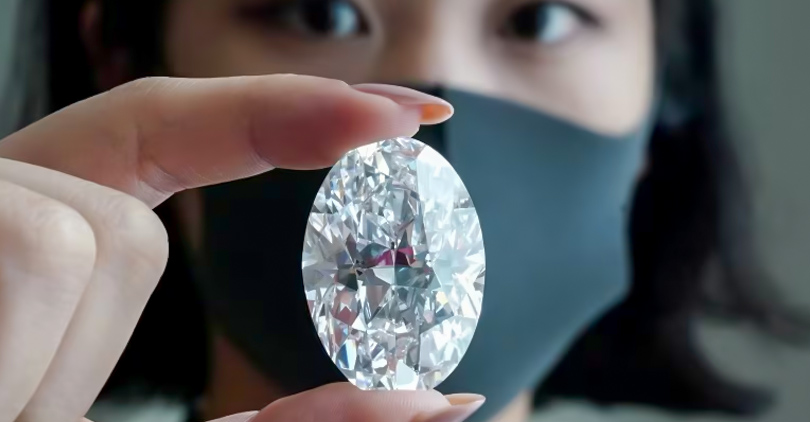
Diamonds are not as rare as people think, despite what the marketing suggests. When we look at how diamonds form and how many there are, we see that they can be found in more places than we might have guessed—both on our planet and others! Let's analyze in detail:
Misconception About Diamonds Being Rare
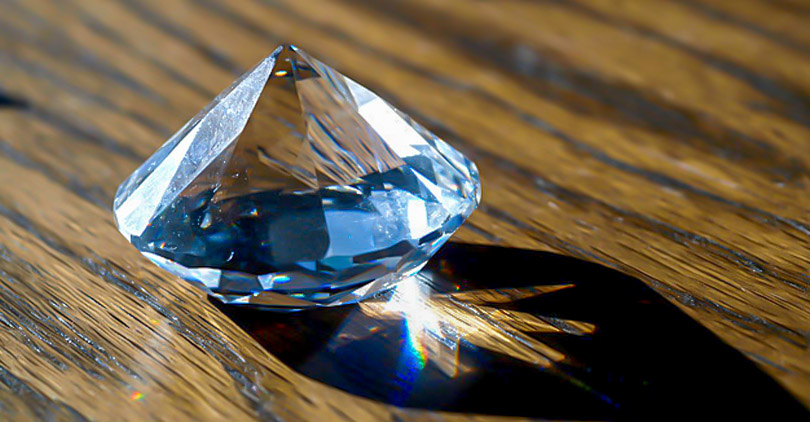
You're mistaken if you think diamonds are hard to come by – and don't worry, it's a common belief. The diamond industry has done a great job of marketing its product as something rare and special: we say "diamonds are forever," they say "rare" – making lots of money in the process.
But here's the thing: diamonds aren't actually all that rare compared with other precious stones. They are one of the most common types of gemstones found in nature. It's just that supply and demand have been controlled cleverly to make them seem ultra-desirable – hence expensive!
How Diamonds Are Formed
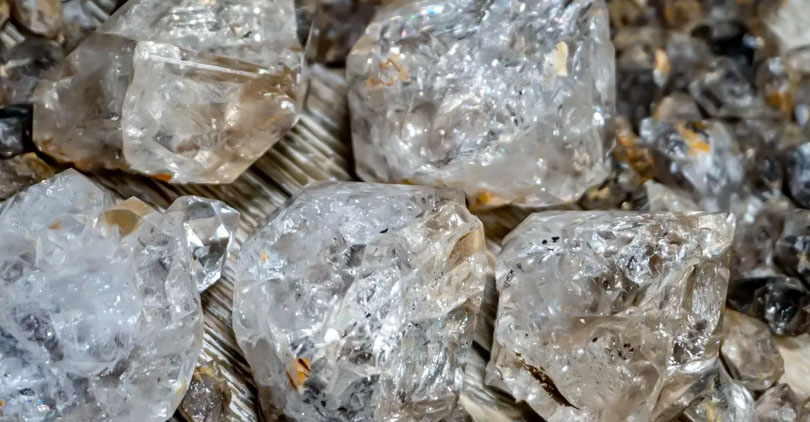
Diamonds, which are the hardest known natural substance, form far below the Earth's surface in the planet's mantle. There, under intense pressure and heat, carbon atoms take on a crystal pattern—the same structure as diamonds found in engagement rings or drill bits.
Volcanoes carry these gems to the surface when they erupt. They do so inside of a rock called kimberlite.
Although people think diamond formation equals rarity, this process is actually rather common—and there is lots of carbon, which makes diamonds sparkle, within our planet's mantle!
Abundance of Diamonds in Nature
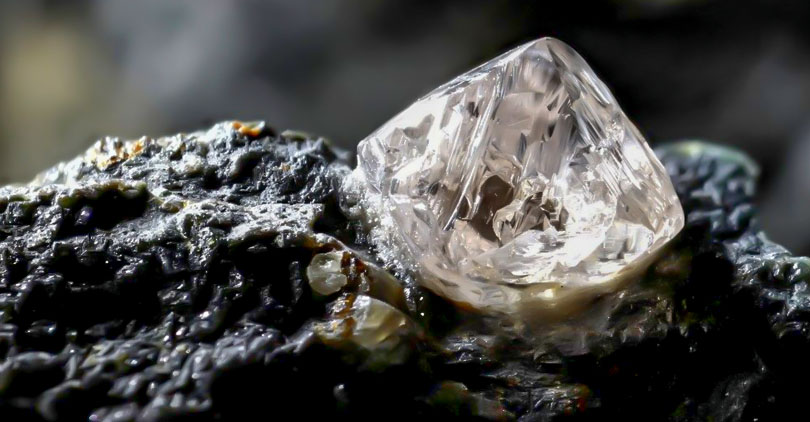
Although there is a limited supply of high-quality gemstones, low-quality diamonds are easy to come by. They're used extensively in industry because nothing is harder than diamonds – perfect for cutting, grinding, and drilling.
The majority of diamonds don't have the clarity or color desired for jewelry, but they do have an ideal hardness.
On top of this supply from mines, scientists have also learned how to make diamonds grow in a laboratory that is identical chemically and physically to what we dig up and call "natural" ones.
With so many lab-grown stones available (and more coming onto the market), their increasing availability challenges ideas about rarity as well!
Conclusion

Do not limit yourself to diamonds. Other gemstones possess various colors, forms, backstories – and loads of each. Take pleasure in quartz's beauty for what it is rather than dismissing it for failing to look like a diamond.
Earth produces plenty more garnets, amethysts, and agates… once you grasp this fact and value them accordingly. These gemstones have their own worth beyond appearances. They enable us to tap into something greater than ourselves when we use or admire them.
There is so much more out there than just diamonds. Step into the world of colored stones and discover that the Earth has produced far more precious stones! Once you realize this simple truth, you will be able to appreciate these gems for what they are worth.


Leave a Comment